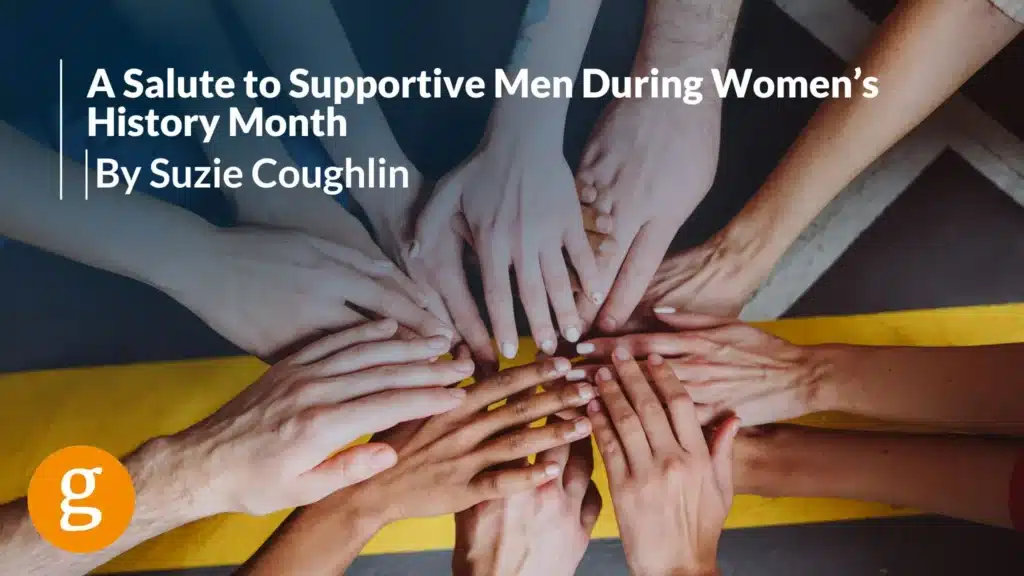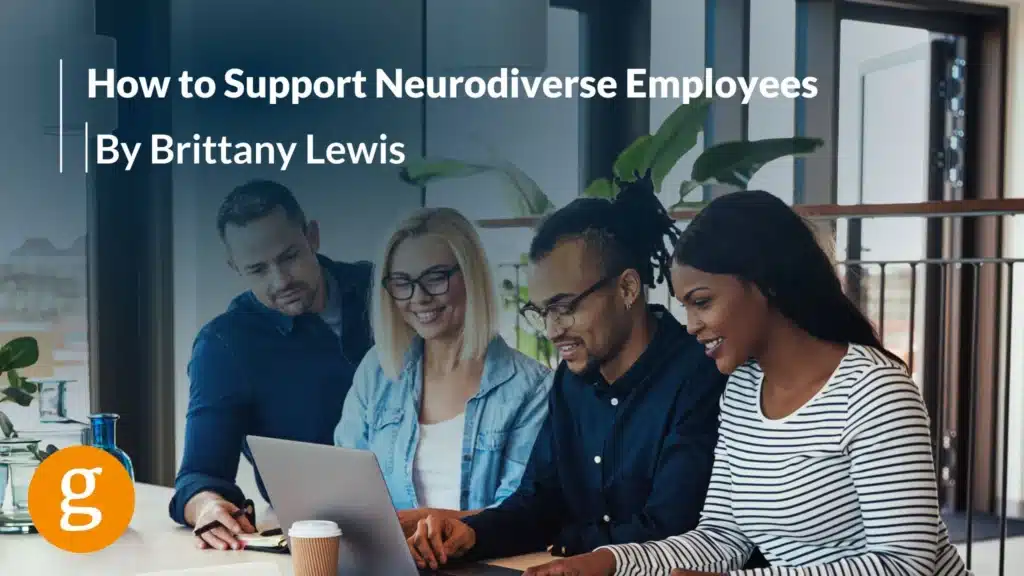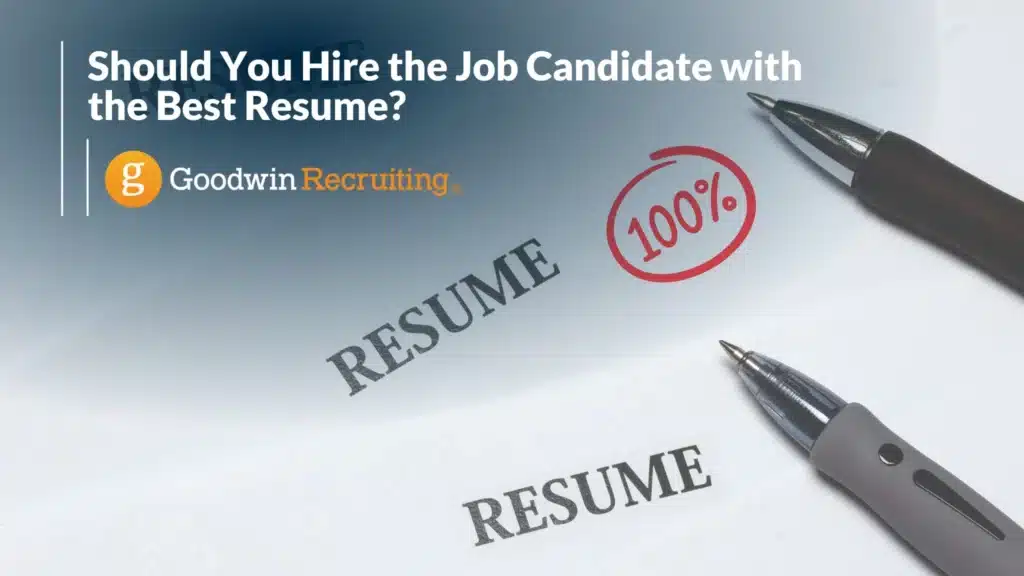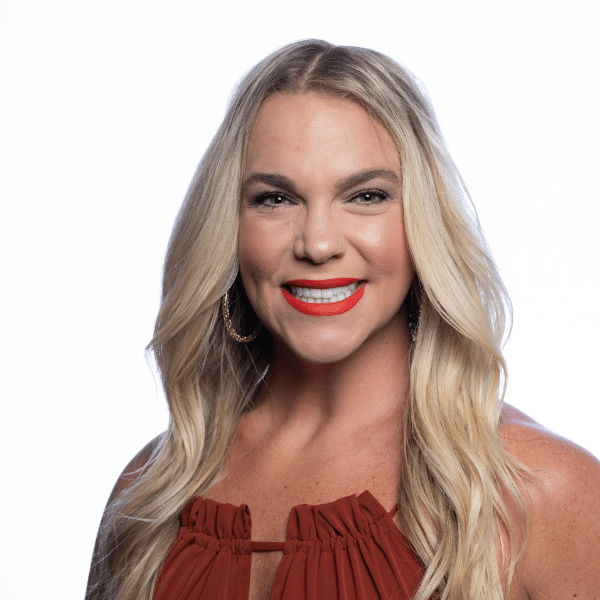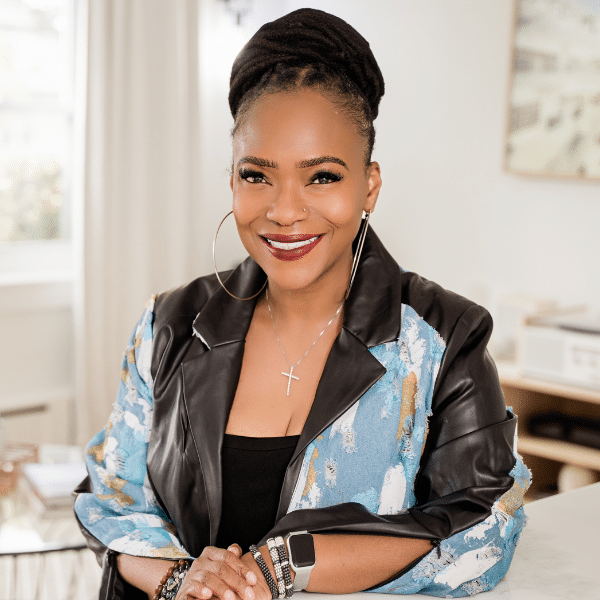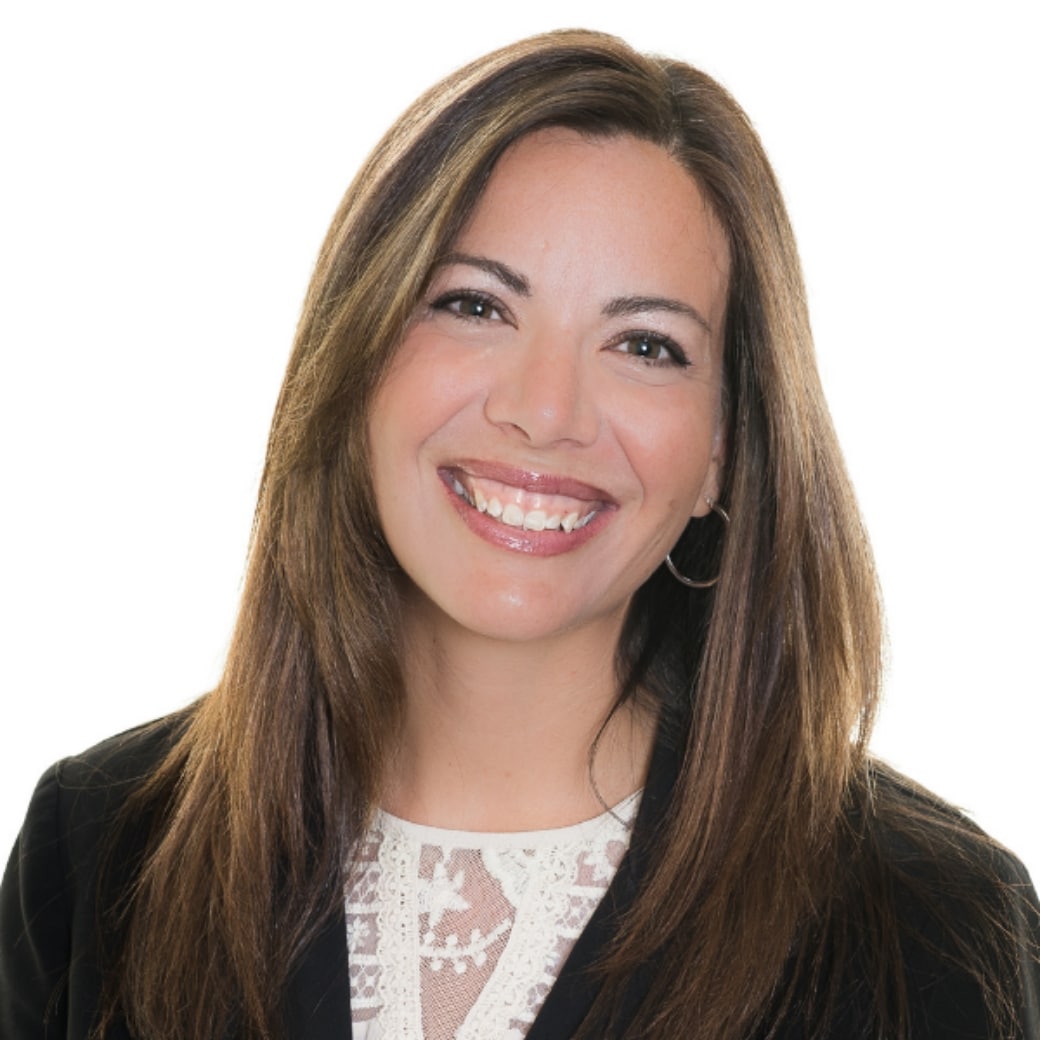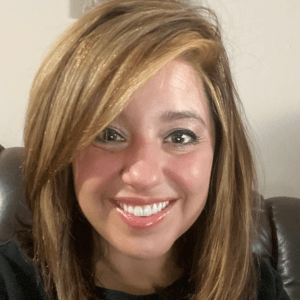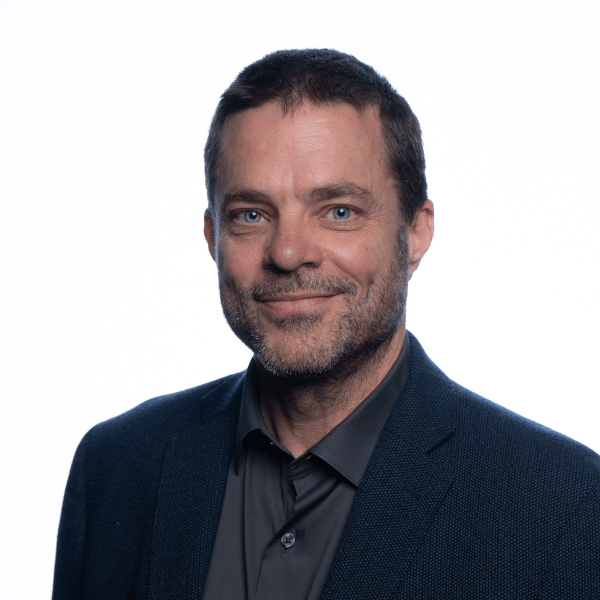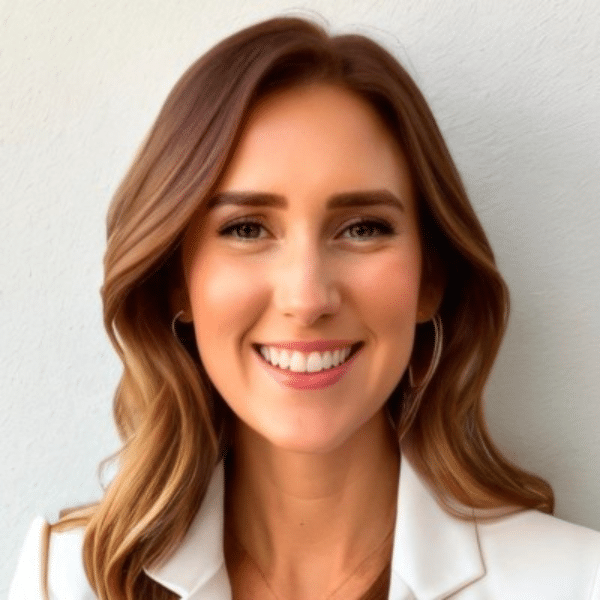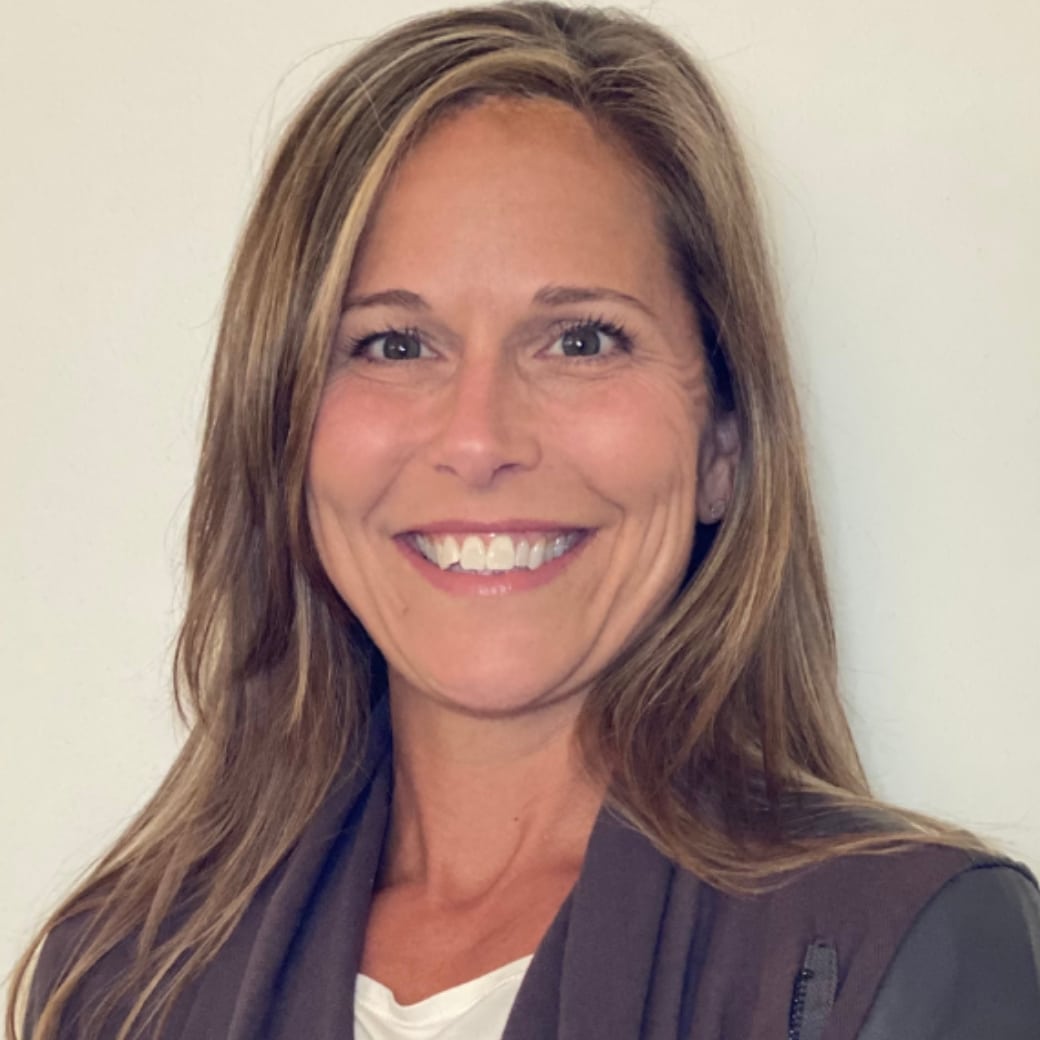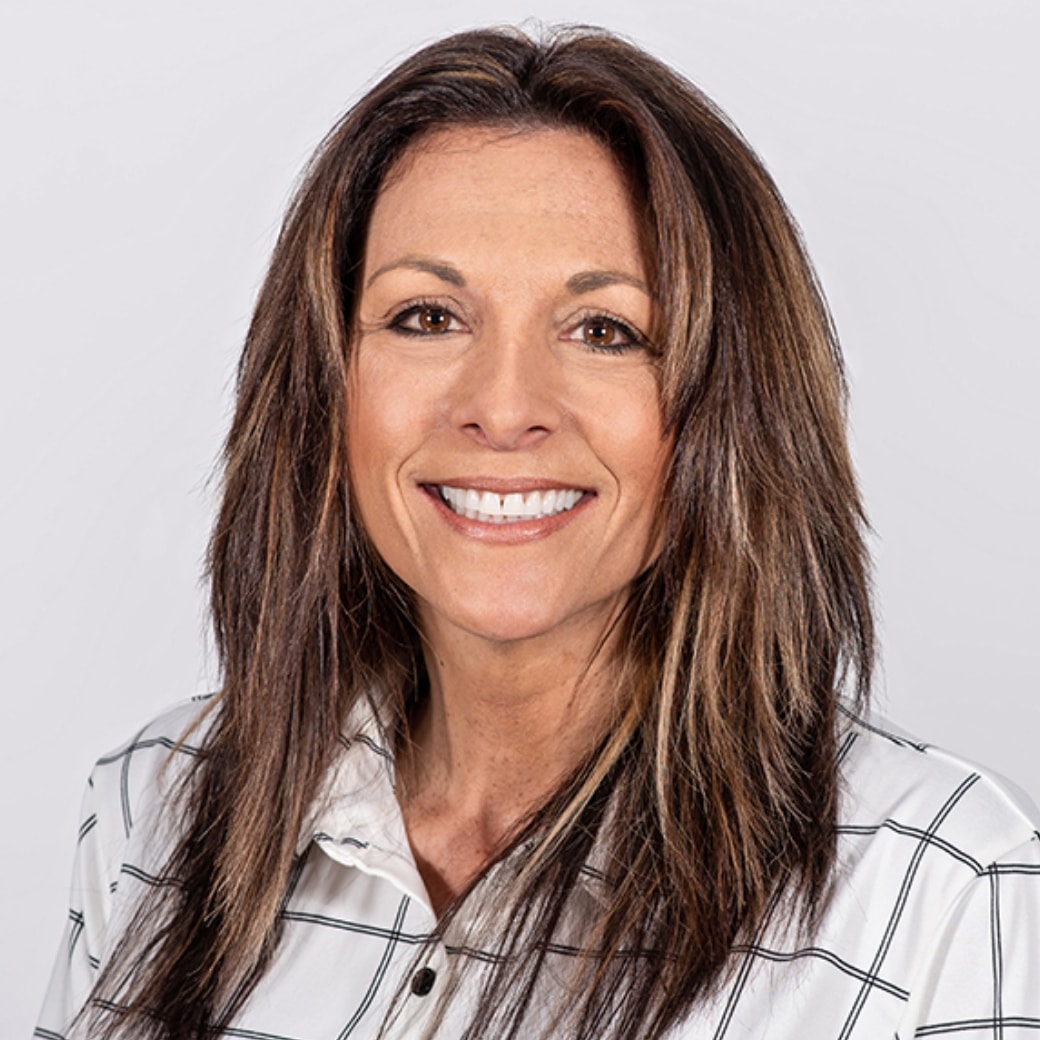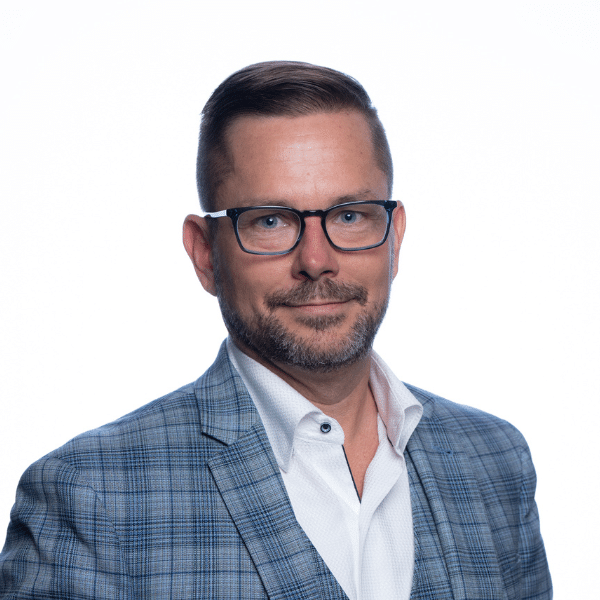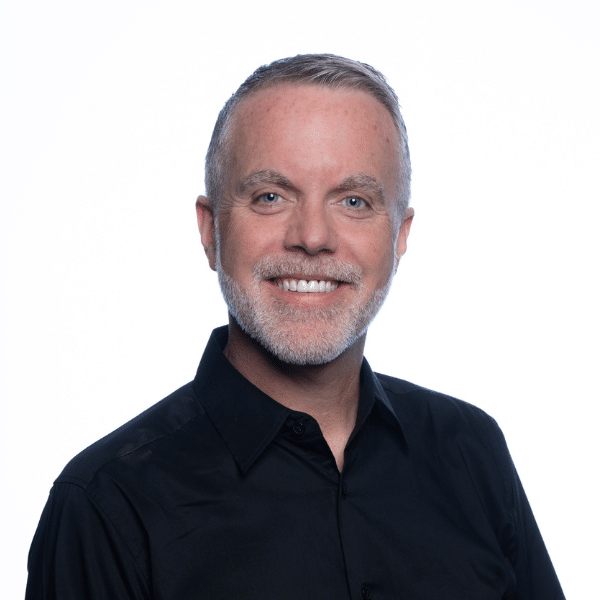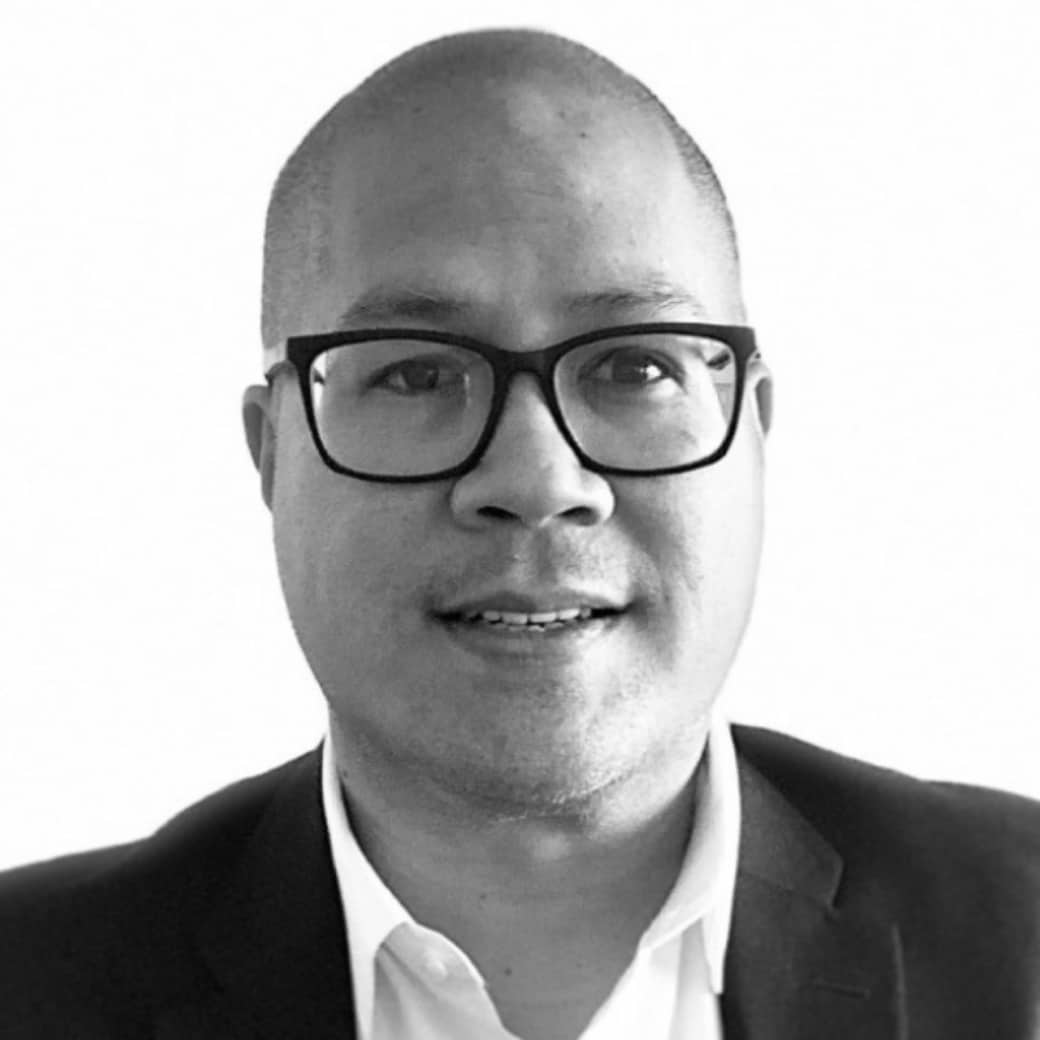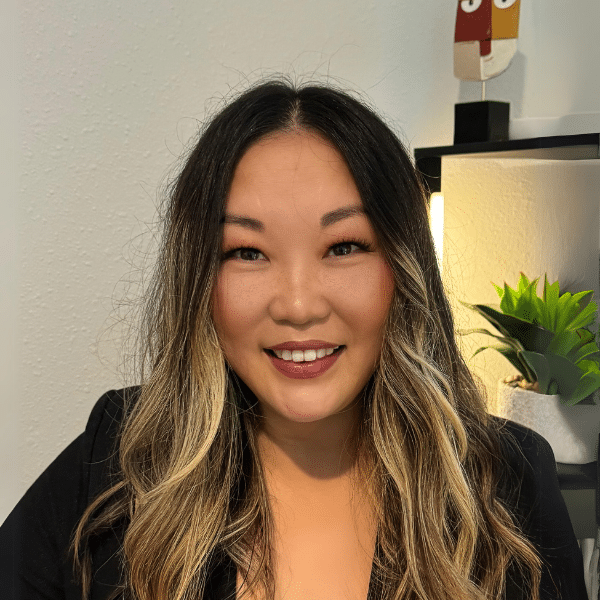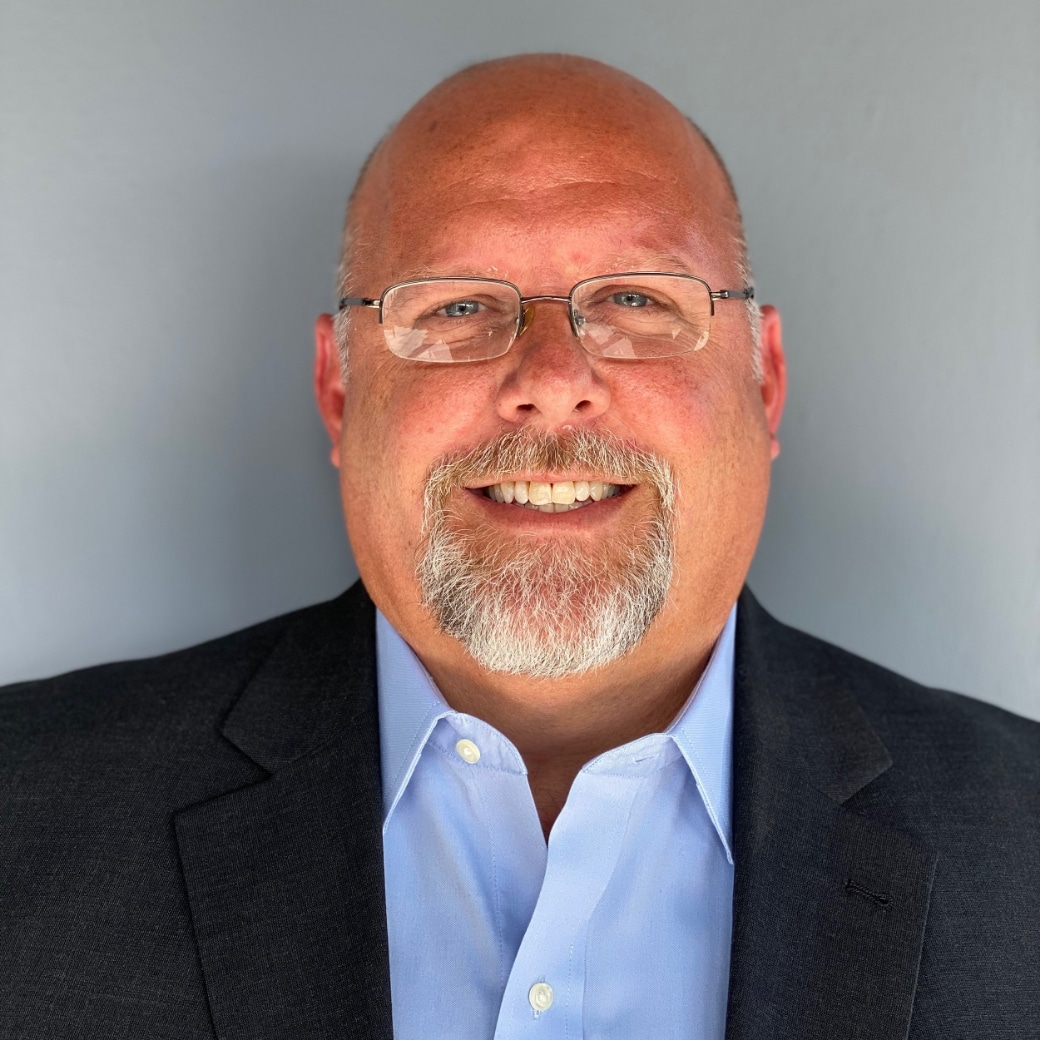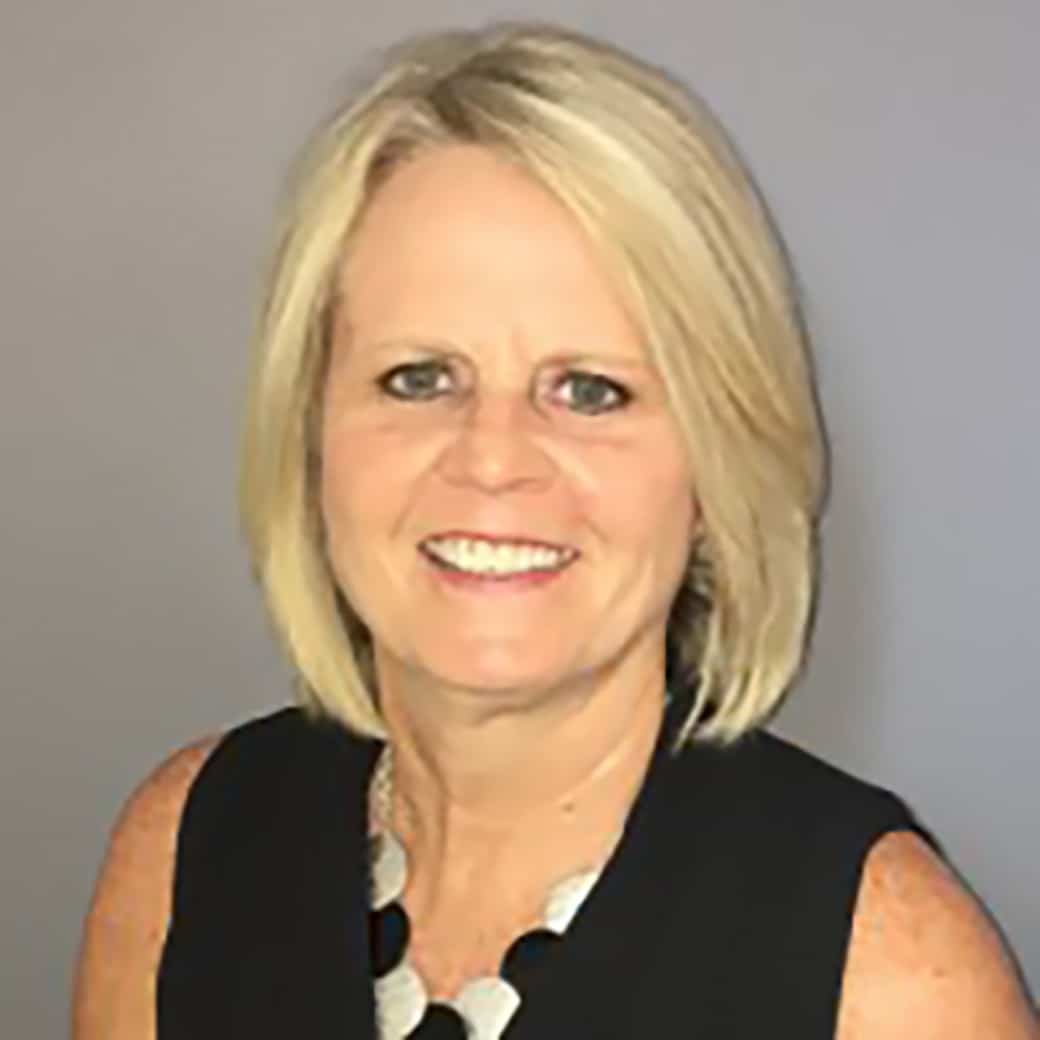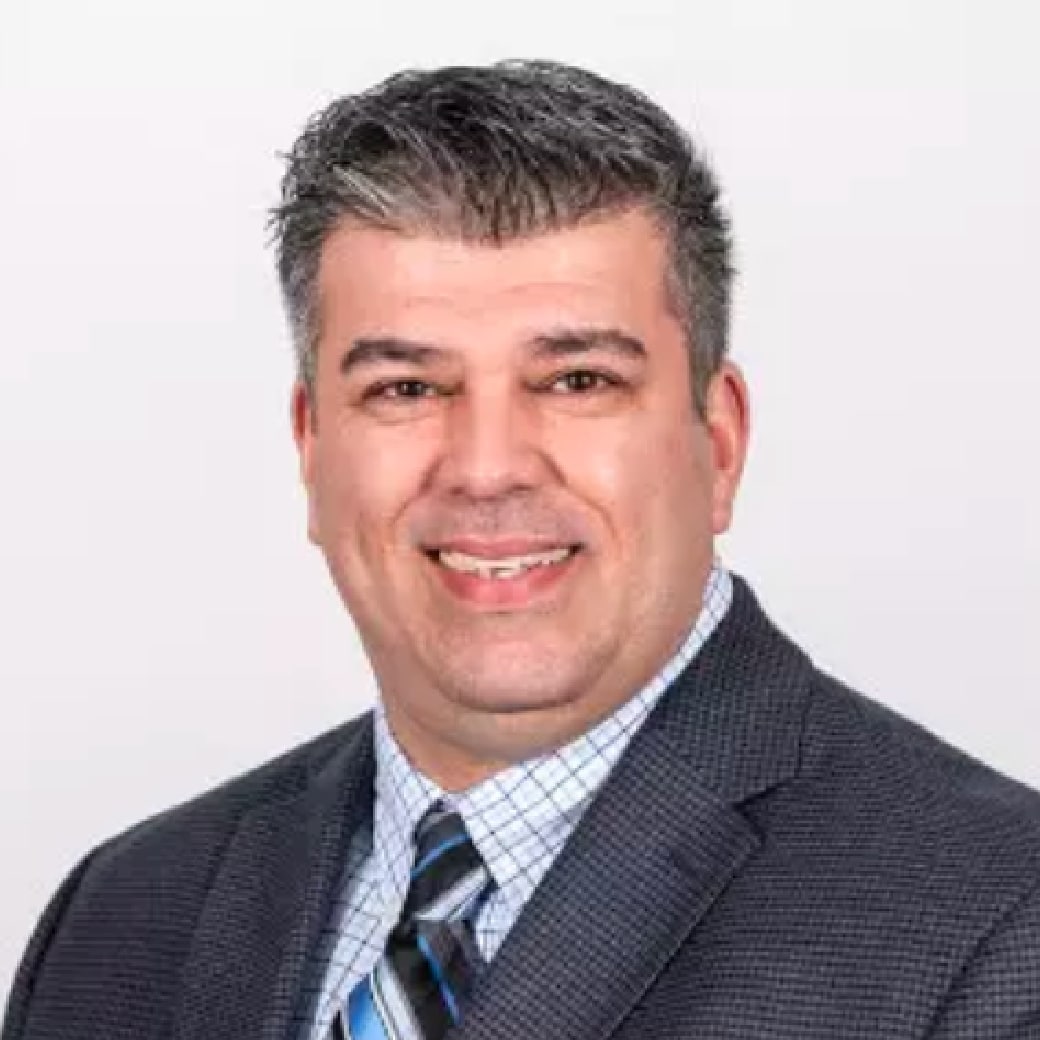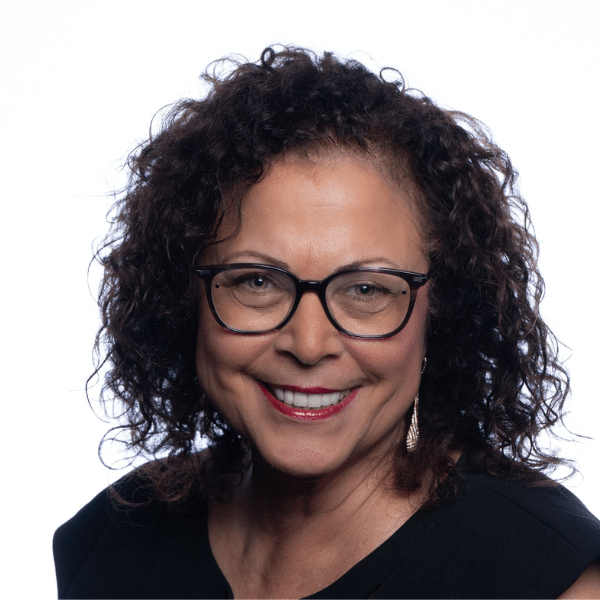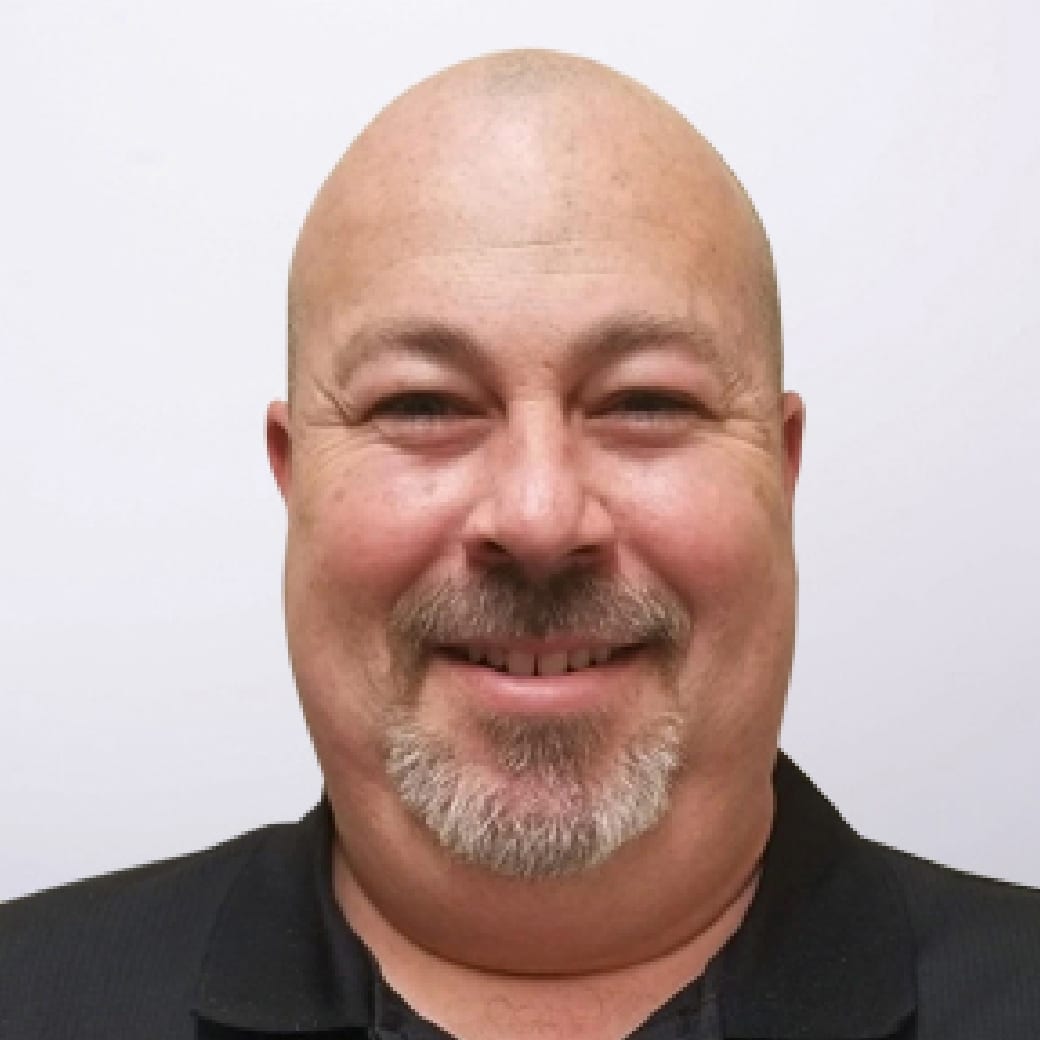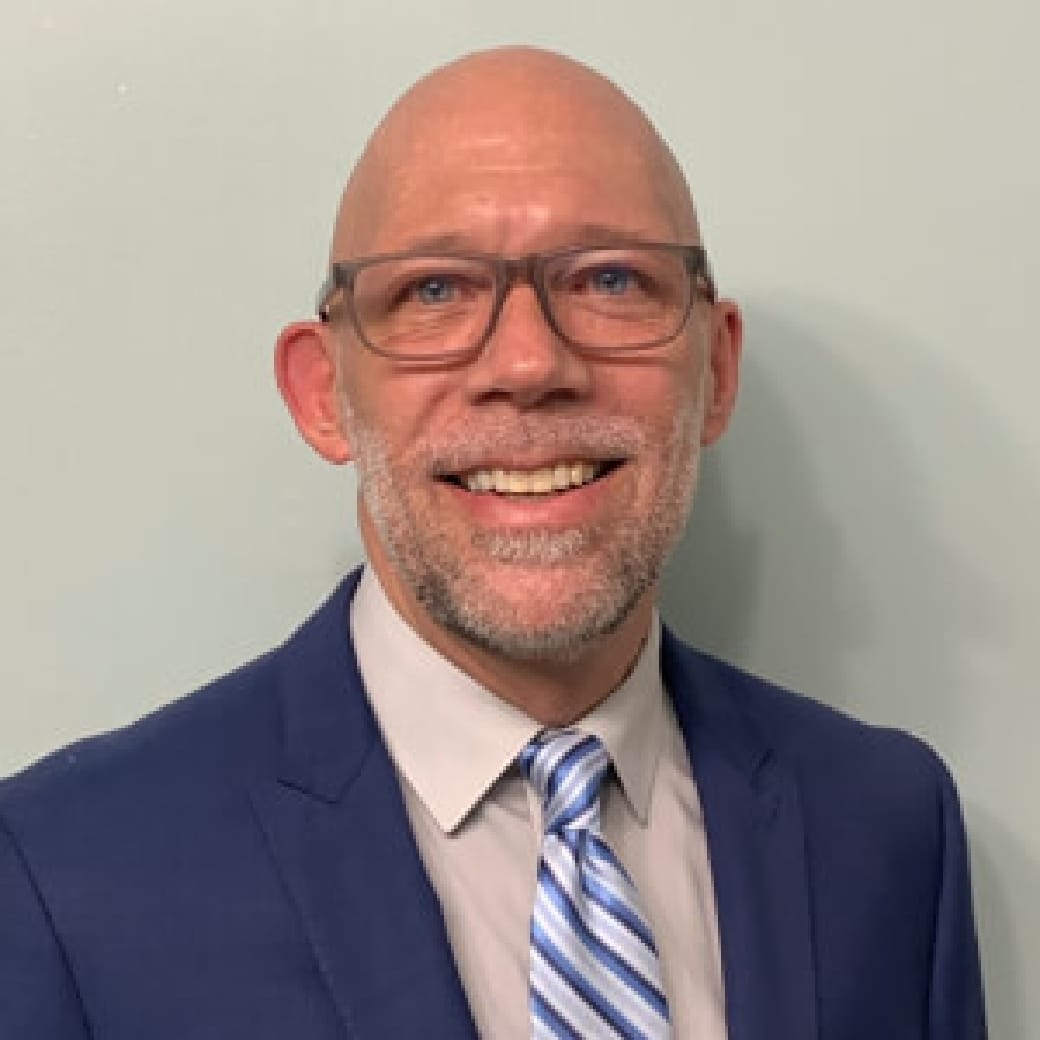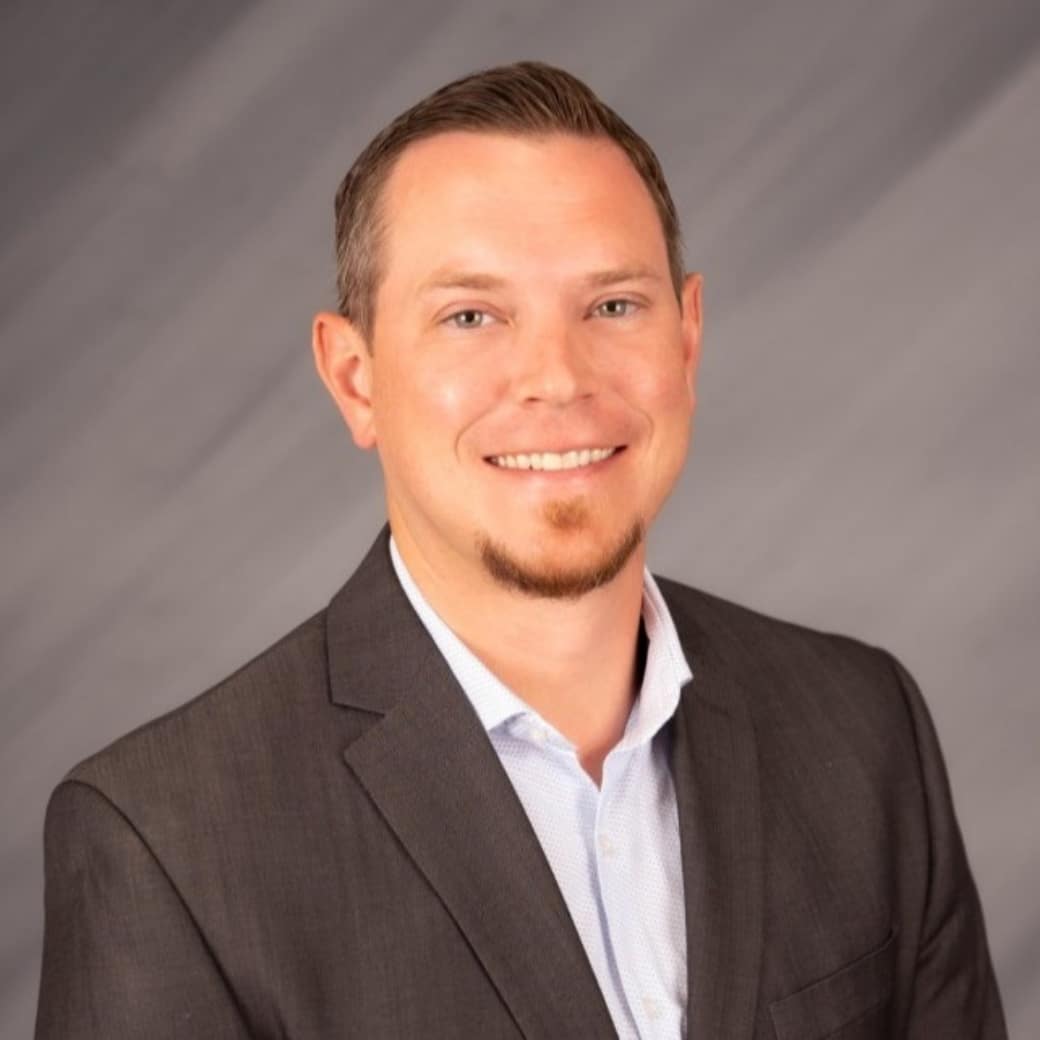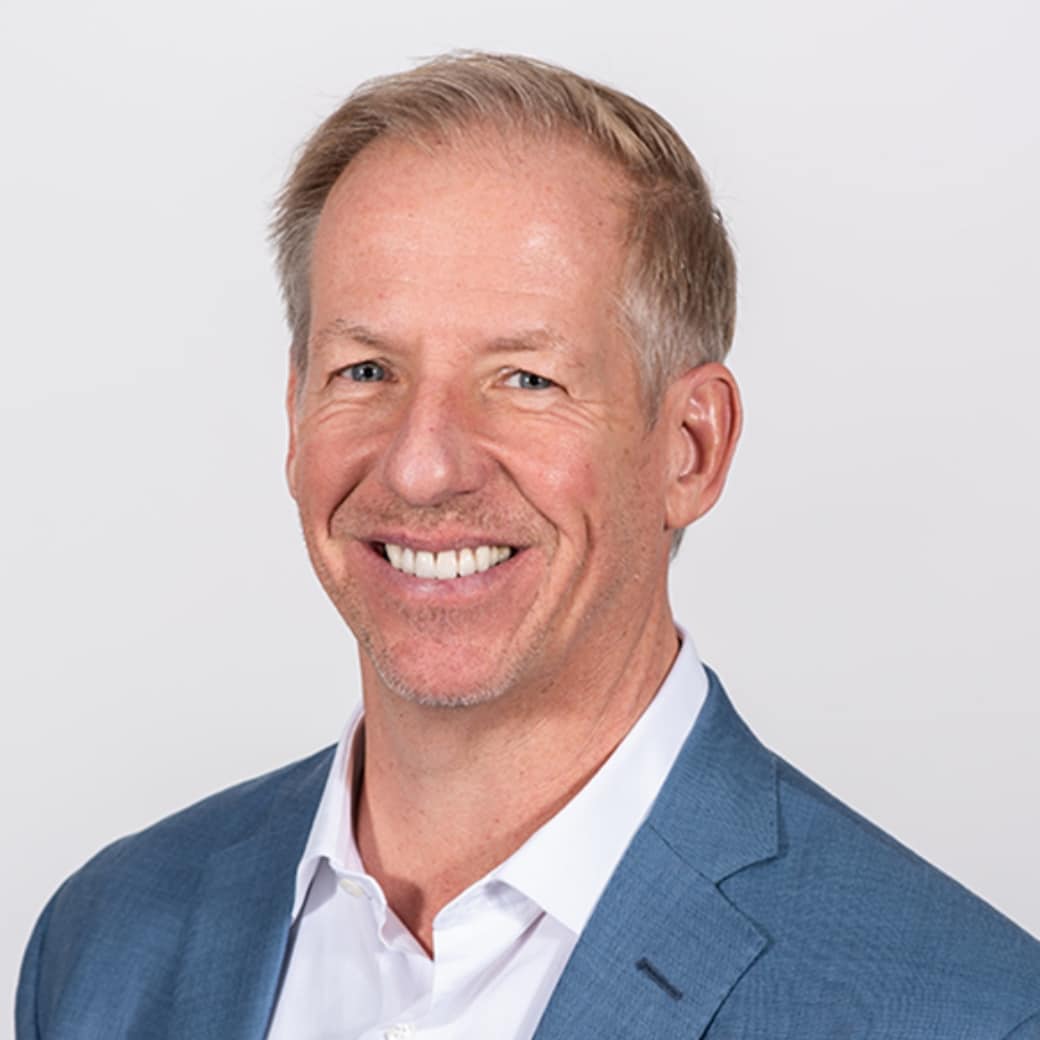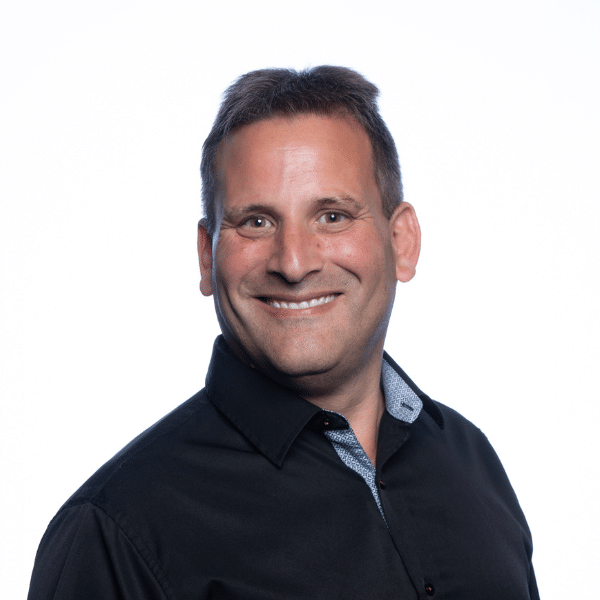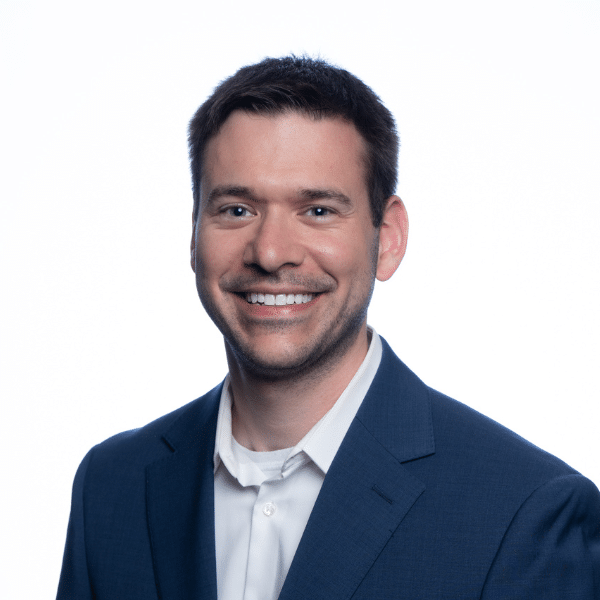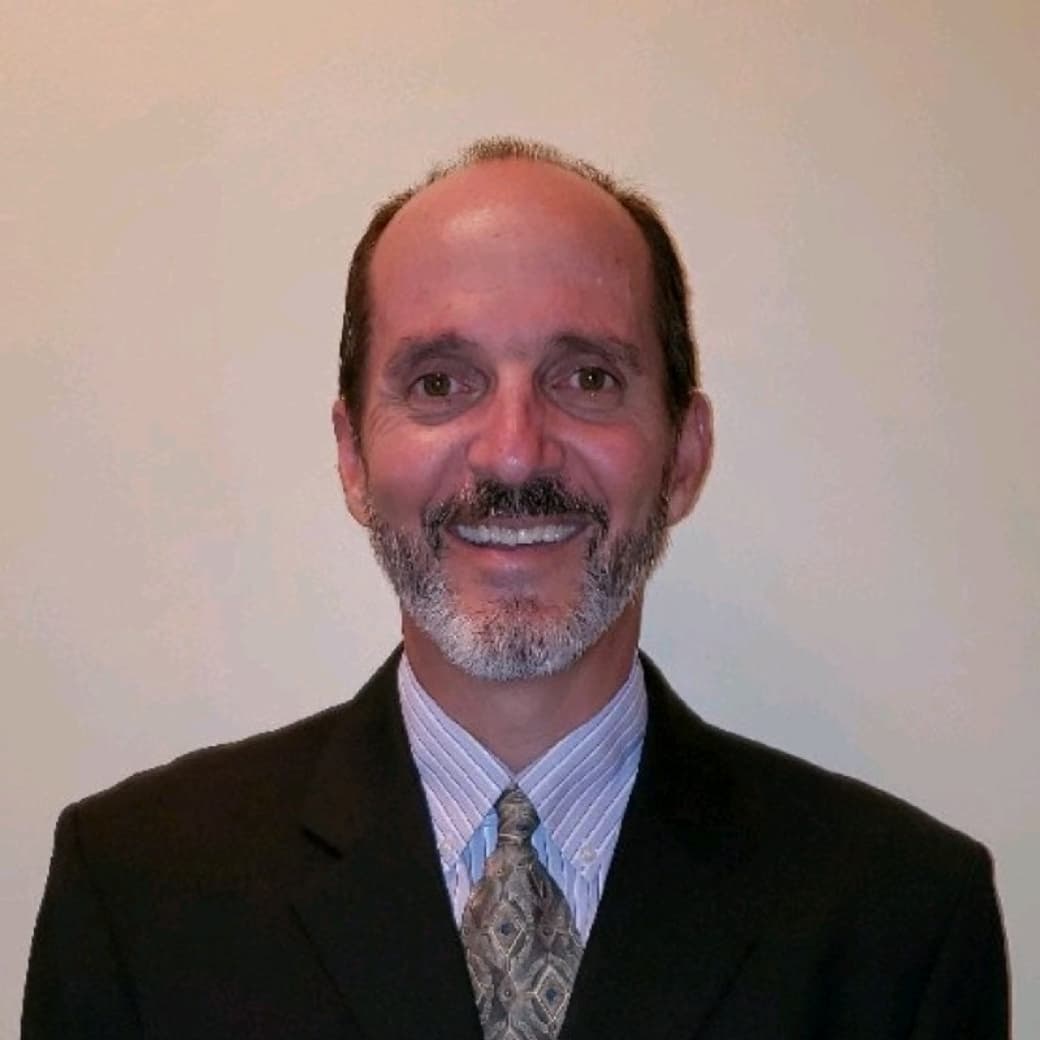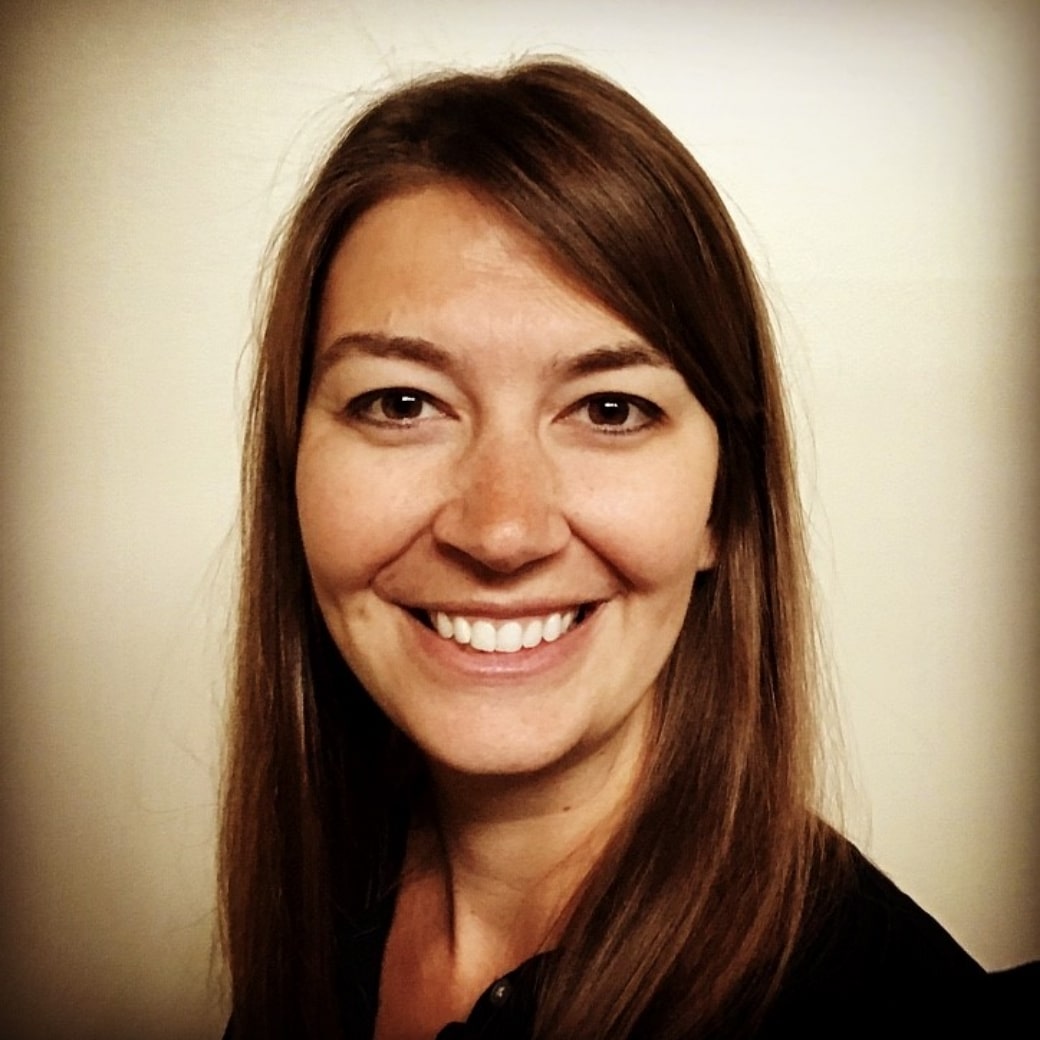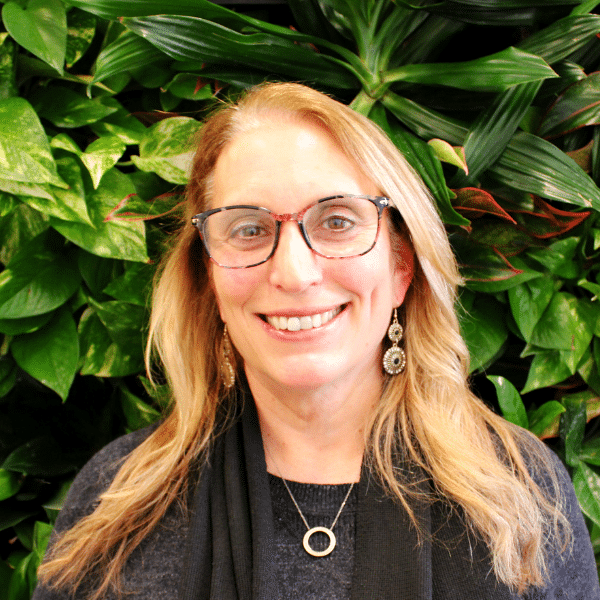Attract Today’s Top Talent by Focusing on Diversity
Jessica Diamond | Diversity & Inclusion, Hiring Advice, News | October 1, 2021
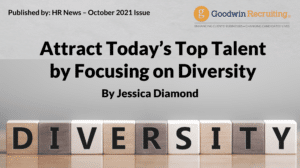
Published by: HR News – October 2021 Issue
Diversity, Equity and Inclusion
by Jessica Diamond
It is no secret that the United States is in the midst of a severe talent drought. The business closures that defined much of the last year have given way to a surge of reopenings and, with them, a struggle for hiring managers to fill open positions with qualified candidates. The fact job seekers have been slow to return to the labor force has not helped.
The U.S. Department of Labor reported in early August 2021 that 8.7 million potential candidates existed to fill approximately 9.8 million vacancies at U.S. employers. When open jobs exceed the number of people looking for work by more than one million, the market for talent is heavily tilted toward candidates.
To attract talent in this hypercompetitive climate, employers are taking a closer look at the conditions in which their workforce operates to find areas that could be improved. Many hiring managers are discovering candidates want more than higher base wages and more generous benefits. Candidates increasingly seek out employers who align with their values and beliefs. This situation reflects the cultural phenomenon of a general awakening to the many injustices that have long plagued the workplace and forced minority groups onto the fringes of U.S. society.
A majority of top candidates require diversity and inclusion in a potential employer; so does an increasingly diverse U.S. client base, whose members more frequently view an organization’s diversity as a prerequisite to maintaining relevance in the modern world. Now that these issues have been dragged into the spotlight, employers are placing renewed emphasis on eliminating aspects of their hiring processes and organizational cultures that inherently keep people from certain groups from realizing success in their careers.
So how can employers faced with a hiring crunch align their processes and cultures to foster a diverse, equitable and inclusive environment that welcomes and celebrates all people?
Commit to the Principle That lnclusivity Is Everything
Candidates from diverse backgrounds will want to feel included and valued in a potential workplace before they even apply, and especially before they seriously consider a job offer. This makes it incumbent on the human resources team and organizational leaders to revamp official policies to state explicitly that intolerance in any form, including language, jokes and attitudes, will not be tolerated. Similarly, it’s essential to evaluate the organization’s website and web presence to confirm that they reflect the diversity already in evidence or that the diversity leaders are striving to achieve.
Consider who interviews new recruits. Are designated interviewers all of the same race, gender, age or sexual orientation? While it is a bad idea to insert a team member into the process simply because they represent some diversity, organizations that want to hire for a more inclusive workplace should carefully consider what their interview panel says to candidates. If it is possible to organically build a more diverse group of interviewers, doing that will certainly further diversity, equity and inclusion (DEI) efforts.
Creating DEI committees and initiatives (if they are not already in place) will encourage the current workforce to embrace and celebrate the diversity that already exists within the organization. So will updating email signatures and company name tags to include spaces for sharing preferred pronouns. Doing that enables LGBTQ+ allies to demonstrate their support for colleagues.
Finally, make sure everyone who conducts candidate interviews can discuss the organization’s commitment to DEI. Having each member of the panel echo the same core beliefs while using their own words speaks volumes about organizational culture.
Create Equitable Opportunities
Even with a commitment to diversity in place, unconscious bias can creep into the recruiting, interviewing and hiring process. It is possible to make false assumptions while doing no more than reading a candidate’s name, graduation year, college name and address on their resume.
An organization can mitigate risks from unconscious bias by switching to a blind review process in which a third party receives applications and removes all information except the experiences that would qualify candidates for the job before passing anonymized and pared-down resumes along to the hiring manager. And while video conferences may be the preferred means of business communications these days, opting for phone calls during initial interviews or turning off the webcams lowers the risk for interviewers to form opinions based on candidates’ appearances.
Organizations should also consider introducing diversity of experience into their hiring processes. One way to make more diverse hires is to drop educational requirements from job postings and position descriptions. The majority of people do not attend or complete college or graduate school. A much more diverse and likely qualified pool of applicants will be drawn by adding the words “or equivalent experience” to any request for a postsecondary degree.
Focus, too, on unpaid experiences like internships, community service, volunteer work or holding leadership positions in clubs. These activities help candidates acquire relevant knowledge and skills.
Including individuals without formal college educations in candidate pools allows organizations to give serious looks to a broader array of people who are deeply qualified. Hiring noncollege graduates may also bring new perspectives into the workforce.
Even after redesigning the recruiting, interviewing and hiring process in these ways, organizations in fields traditionally dominated by people who match a certain demographic might have to work even harder to increase the diversity of applicant pools.
Professional associations, community groups, historically Black and minority-serving colleges and universities, and professional conferences can be valuable partners for reaching underrepresented groups with job listings and obtaining candidate referrals.
Finally, an organization’s interview board should be prepared to answer any questions about DEI that candidates are likely to ask. Candidates’ questions often concern the organization’s diversity and inclusion practices, the executive or management team’s makeup, and how the organization makes DEI a focus.
Interviewers should discuss responses to such questions among themselves before meeting with candidates to ensure their answers reflect shared goals and values without coming across as disingenuous and rehearsed.
Bring Everyone in the Organization on Board
For an organization to truly reflect the values of its DEI efforts, every team member must be on board. From executive to entry-level, each member of the existing team must understand and support the vision and goals for building and sustaining a diverse, equitable and inclusive culture.
This degree of buy-in cannot be achieved with a single all-staff training session or a weekend seminar. Shifting everyone’s mindset and changing the culture to produce a commitment to DEI demands engaging in ongoing conversations and could take months or longer. Making these efforts is necessary for ensuring the experience new hires receive reflects the desired culture of the company. Doing less raises the odds new hires will not stick around long.
The United States stands poised on the precipice of great progress. Hopefully, within a matter of several years, the old ways of doing business that confined certain groups to the lower echelons of the workforce will be a thing of the past. Organizations should take great care now to examine their culture and excise their antiquated ways, not only to align themselves for future success but to ensure they end up on the right side of history.
Click here for a link to the above HR News article.
Jessica Diamond (she/her/hers) is the vice president of training at Goodwin Recruiting, where she assists in leading the charge to help improve people’s lives, whether they are clients, job candidates or those joining the Goodwin team internally.
For more information, find Diamond on Linkedln or email her at jdiamond@goodwinrecruiting.com.
Share This Article



